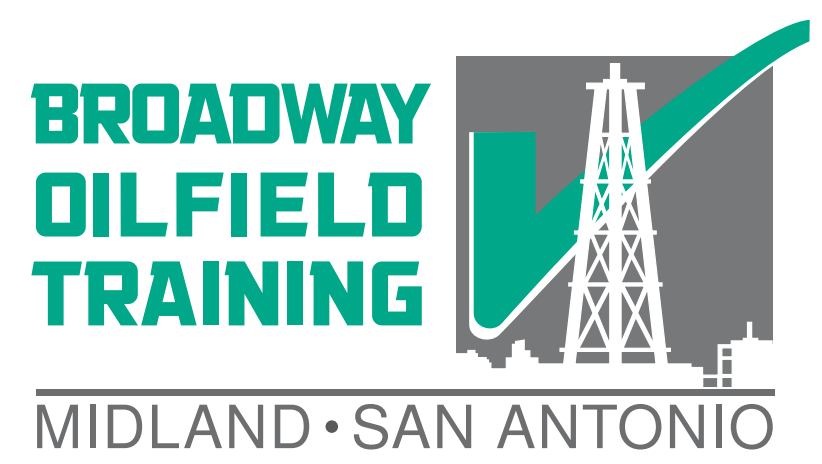The oilfield has several different hazards, some of which cause severe injuries and fatalities. Every worker should be trained to identify and mitigate these hazards during a rigpass with a Basin United class. Some of the main oilfield hazards are listed below.
SLIPS TRIPS AND FALLS
Slips, trips, and falls are the most common cause of industrial injury. Trips can come from a work surface that is not clear and level. Larger falls can be caused when working at heights or near an excavation. In Basin United training, we discuss fall arrest systems, work surfaces, and barriers used to prevent falls.
AUTO COLLISIONS
The most dangerous position in the oilfield is the driver’s seat because that’s where the most fatalities happen. Oilfield roads can have special hazards and longer distances. Driving hazards are covered in multiple Basin United modules including basic hazards awareness as well as techniques to park at the wellsite.
FIRE & EXPLOSION
In case of any fire, the primary goal is to ensure that every worker is able to egress safely. Oil and gas are known as highly flammable materials, but dry grasses are also susceptible to wildland fires. Explosions can also form gasses in tanks as well as perforating equipment.
RADIATION
Radiation can occur in either supplied materials or naturally occurring radioactive materials. Body protection can guard against some radiation exposure, but awareness training is needed in specific sites that have radiation risks. Make sure to take training for NORM/TENORM Awareness.
ELECTRIC SHOCK
Electricity is a hazard present in a variety of oilfield equipment. Electrical shock can cause burns or even stop the heart from beating. In the Basin United Fundamental Safety orientation we teach avoidance and the proper use of personal protective equipment (PPE) as well as energy control procedures. Lockout tagout is the process where energy is isolated and locked out so that equipment cannot become engaged while being worked on.
HAZARDOUS ATMOSPHERES
Hazardous atmospheres include harmful substances such as gasses and particles as well as a lack of oxygen. While working with frac sand, there are silica particles that when inhaled cause severe damage to the lungs. A cartridge type respirator may be used on particulate and nonlethal gasses. Lethal gasses and low oxygen environments require a self-contained breathing apparatus (SCBA).
BIOLOGIC AGENTS
Blowing dirt can carry microorganisms that make you sick. When microorganisms are in the blood, they are called bloodborne pathogens. It is essential to use proper precautions when the presence of infectious agents is possible. No material should ever be cleaned up without sufficient training and reporting.
MOVING EQUIPMENT AND MACHINERY
Many things move in the oilfield including pipes, tools, lines, and trucks. These items are made out of heavy steel, can be moving fast, and will carry lots of moving energy when striking. Being aware of yourself and any equipment you are using is the most important component of avoiding struck-by incidents. It is also important to wear PPE, use all safeguard barriers, and never stand under a suspended load. In our Basin United class, we discuss particular struck-by hazards based on each students job type and location.
Suggested Training: HAZCOM, San Antonio Basin United
Notice: Article is provided as is and for informational use only. Eagle Ford Training San Antonio, its owners, instructors, and affiliates hereto referred as the company shall have no liability for and you shall defend, indemnify and hold harmless from and against any claim loss demand, liability, obligation, and expense based upon any injury or damage, spill or pollution, product liability, or any other loss that may occur. The liability for the use of information is solely yours notwithstanding any act of error or omission by the company.
